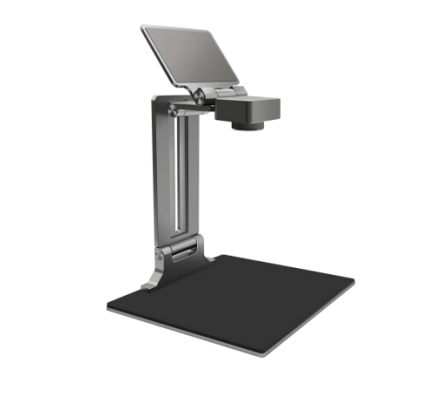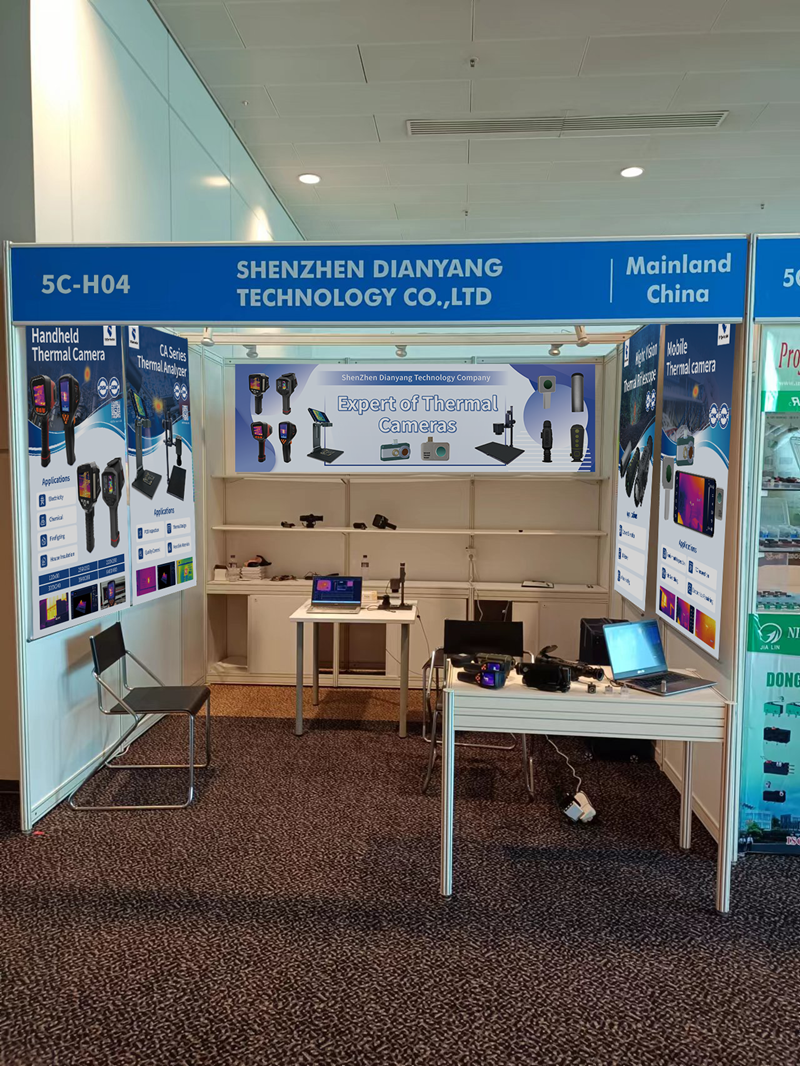Water Leakage Detection with Thermal Camera
In daily life, water leakage in houses is an "invisible worry" for many families. Whether it is water seepage from the ceiling, damp walls, or leaking pipes, these problems not only affect living comfort, but may also cause mold on the walls, damage to the floor, and even cause neighborhood disputes. So, how can we quickly discover and resolve these water leakage problems? Let's explore step by step from traditional methods to scientific and technological means.

Common types of house leaks and their impacts
1.Water seepage from the ceiling: This is usually caused by aging of the waterproofing layer in the upstairs bathroom, kitchen or roof. Long-term water seepage may cause mold growth and affect air quality.
2.Damp walls: This may be due to failure of the exterior wall waterproofing layer or leakage of underground pipes, causing water accumulation inside the wall.
3.Leaking water pipes: Loose, aging or broken water pipes may lead to a surge in water bills or even hollow walls.
4.Water backflow from floor drain: Blockage of floor drain or failure of drainage system may cause sewage backflow.
These problems are often difficult to detect in the early stages, and by the time they become visible to the naked eye, they have often caused significant losses.
Limitations of Traditional Detection Methods
1.Observation with naked eyes:Only surface problems can be found. Water seepage areas or leaking points of concealed water pipes cannot be determined with the naked eye.
2.Wall knocking inspection: It is necessary to destroy the wall or floor, which is time-consuming and labor-intensive, and may cause secondary damage.
3.Pressure test: Suitable for water pipe inspection, but requires professional equipment and operation, and cannot locate specific leaks.
4.Hygrometer detection: can only roughly determine humidity abnormalities, but cannot accurately locate the problem area.
Although traditional methods are effective, they often seem powerless when faced with complex water leakage problems.
Technology support: Breakthrough application of thermal imaging camera
Is there a detection method that is both efficient and non-destructive? The answer is yes - infrared thermal imaging camera. This device can quickly and accurately locate the leaking area by capturing the temperature difference on the surface of an object. The following are its three major application scenarios in home detection:
1.Easily locate the water seepage area.
The temperature of the water seepage area is usually lower than the surrounding normal area. Using thermal imaging camera, you can quickly scan the ceiling or wall and easily find the water seepage point by temperature difference, avoiding blind knocking on the wall.

2.Quickly detect water pipe leaks.
The leaking points of buried water pipes cannot be detected by the naked eye, but leaks can cause local temperature abnormalities. Infrared thermal imaging cameras can clearly display the distribution of water pipes and accurately locate the leaking location through temperature changes, saving maintenance costs.

3.Refrigerator air leakage detection
Refrigerator air leakage not only wastes energy, but also may affect the refrigeration effect. By scanning the refrigerator door seal and pipes with an infrared thermal camera, the air leakage point can be clearly seen at a glance, and repairing it can significantly reduce electricity bills.

Thermal imaging camera: the "invisible problem terminator" for home detection
Whether it is water seepage, air conditioning leakage or water pipe problems, Dianyang infrared thermal imaging camera would be best option. It’s not only quickly find the problem, but also avoid the damage and trouble caused by traditional detection methods. For families who pursue efficient, accurate and non-destructive testing, this is undoubtedly an ideal solution.
Let technology escort your life, use infrared thermal imager to easily solve hidden dangers that are invisible to the naked eyes, and create a safer and more comfortable living environment for your family.

 Thermal Camera Analyzer
Thermal Camera Analyzer Handheld Thermal Camera
Handheld Thermal Camera Mobile Thermal Camera
Mobile Thermal Camera Thermal Imaging Cores and Modules
Thermal Imaging Cores and Modules Thermal Riflescope and Monocular
Thermal Riflescope and Monocular Accessories
Accessories








